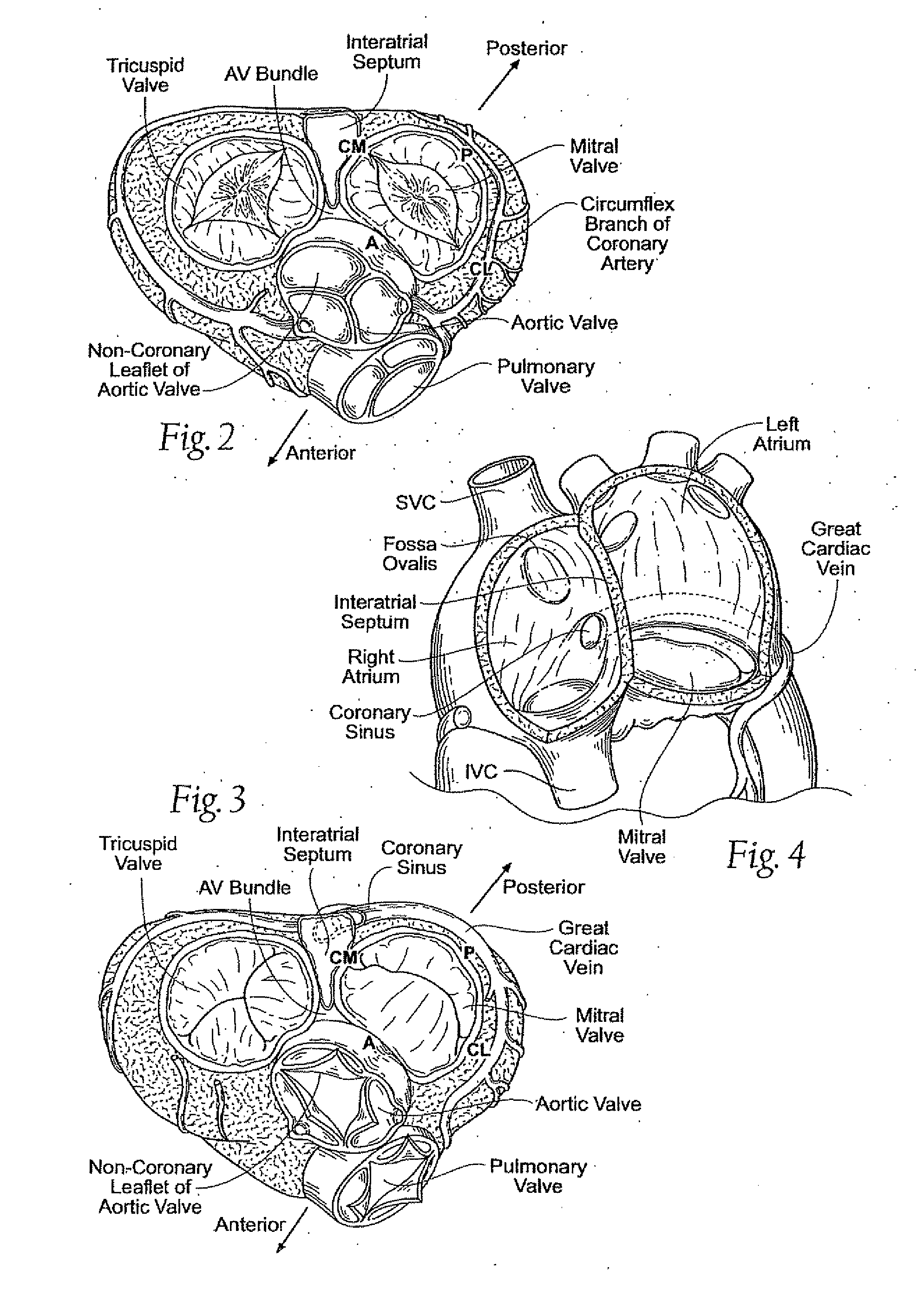Quick-Release Annuloplasty Ring Holder
a technology of annuloplasty ring and ring holder, which is applied in the field of holder for an annuloplasty ring and mitral annuloplasty ring, can solve the problems of valve malfunction, leaflet flailing, and chordae tendineae (the chords) being stretched, and achieves the effect of facilitating the cutting of the template from the ring
- Summary
- Abstract
- Description
- Claims
- Application Information
AI Technical Summary
Benefits of technology
Problems solved by technology
Method used
Image
Examples
Embodiment Construction
[0064]The present invention provides an annuloplasty ring holder that facilitates an implant procedure. In particular, the holder of the present invention provides a quick-release cutting structure for severing connecting filaments between the holder and the annuloplasty ring. The surgeon need only to cut the connecting filaments at a single point. Moreover, the single cutting point is highly visible and located away from interfering structure on the holder.
[0065]The holder accommodates annuloplasty ring that are open or discontinuous (e.g., C-shaped) or closed or continuous (e.g., D-shaped). The ring can be rigid, flexible, or semi-flexible. The holders of the present invention can conform to planar or nonplanar rings, and are adaptable to rings used to repair any of the annuluses within the heart. Indeed, the holders of the present invention can even be utilized to hold heart valves, thus providing a quick release structure to separate the holder from the valve.
[0066]That said, th...
PUM
 Login to View More
Login to View More Abstract
Description
Claims
Application Information
 Login to View More
Login to View More - R&D
- Intellectual Property
- Life Sciences
- Materials
- Tech Scout
- Unparalleled Data Quality
- Higher Quality Content
- 60% Fewer Hallucinations
Browse by: Latest US Patents, China's latest patents, Technical Efficacy Thesaurus, Application Domain, Technology Topic, Popular Technical Reports.
© 2025 PatSnap. All rights reserved.Legal|Privacy policy|Modern Slavery Act Transparency Statement|Sitemap|About US| Contact US: help@patsnap.com



